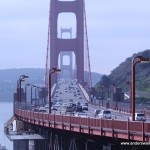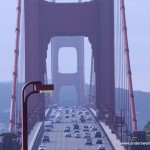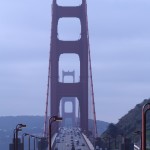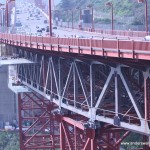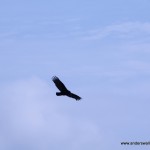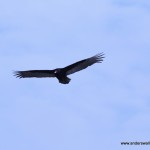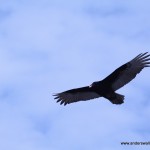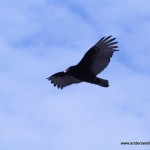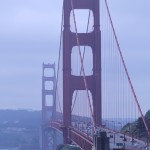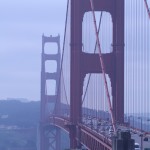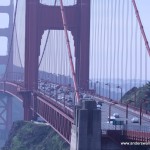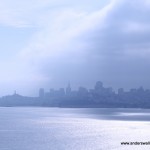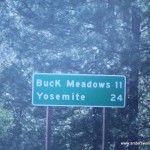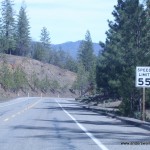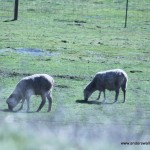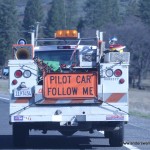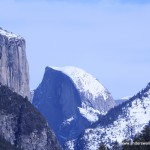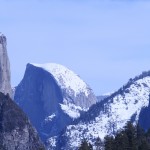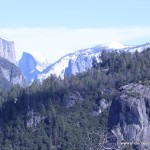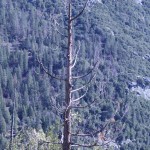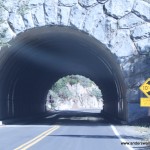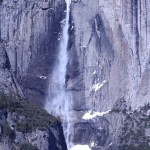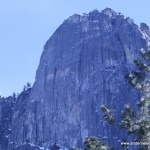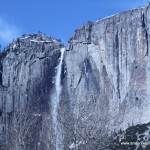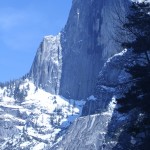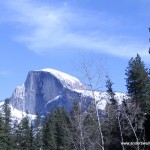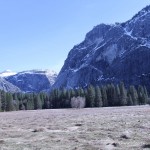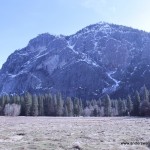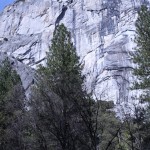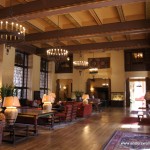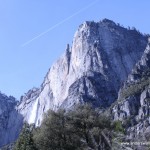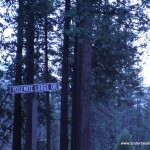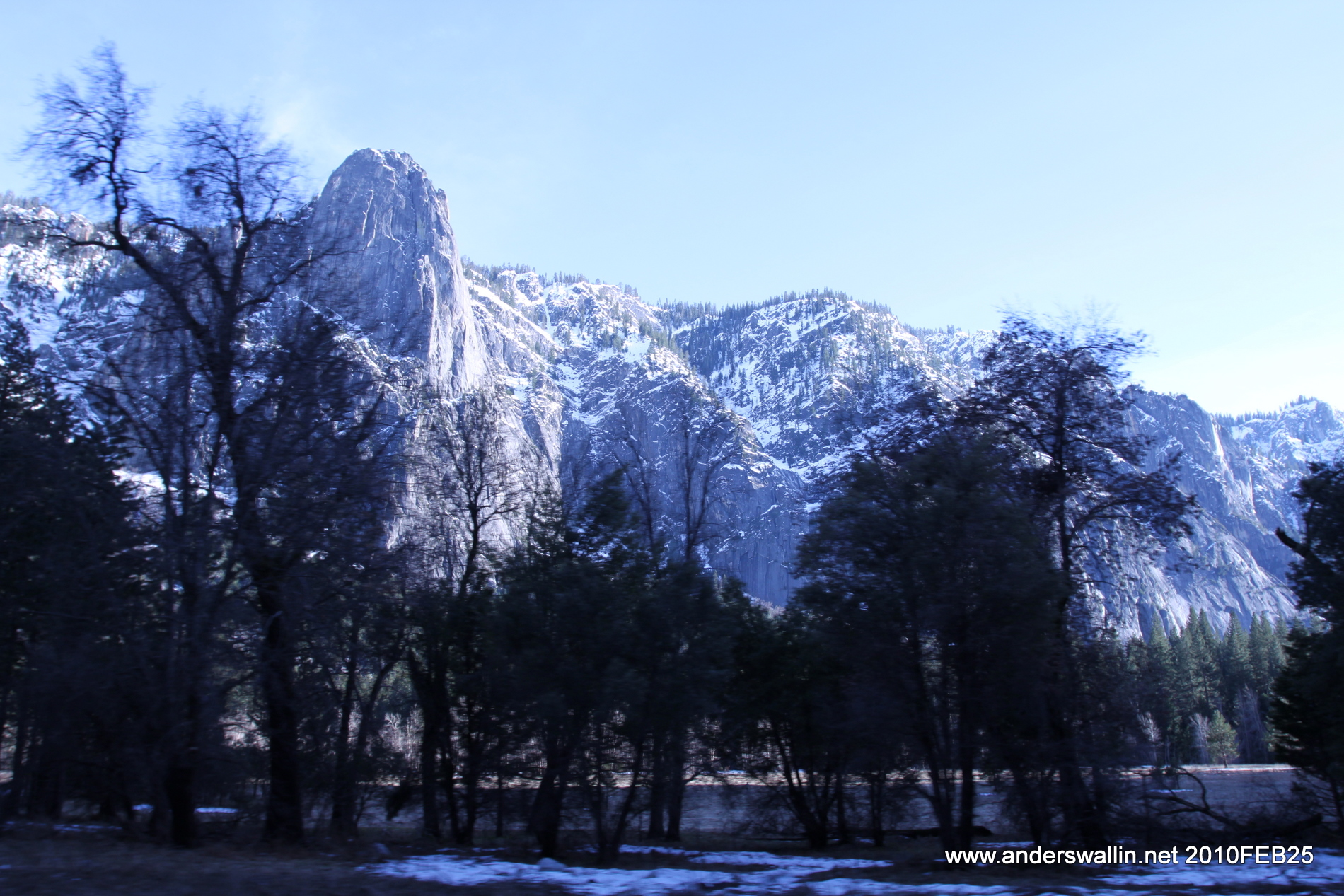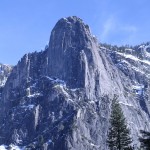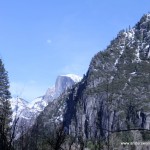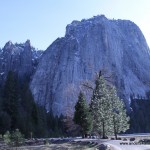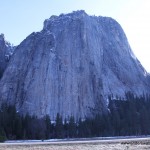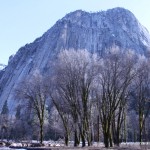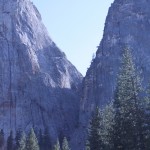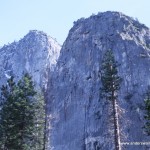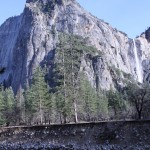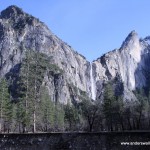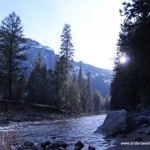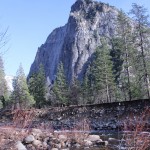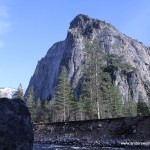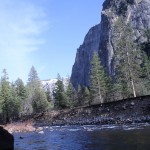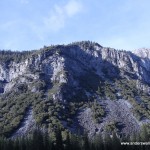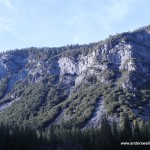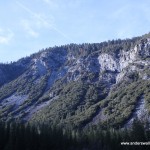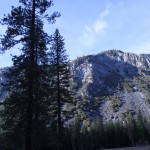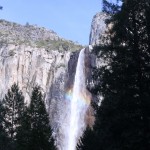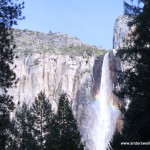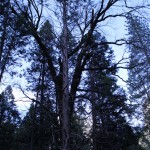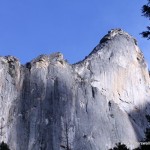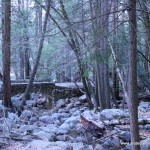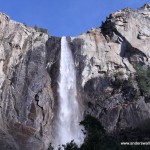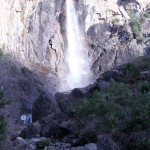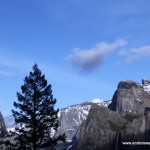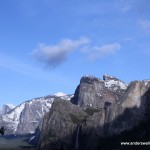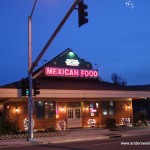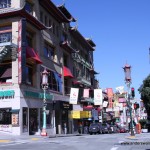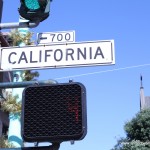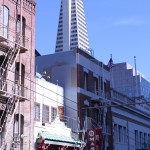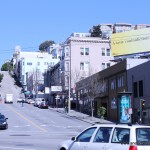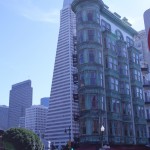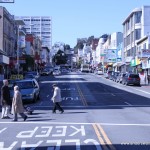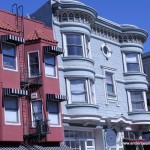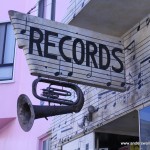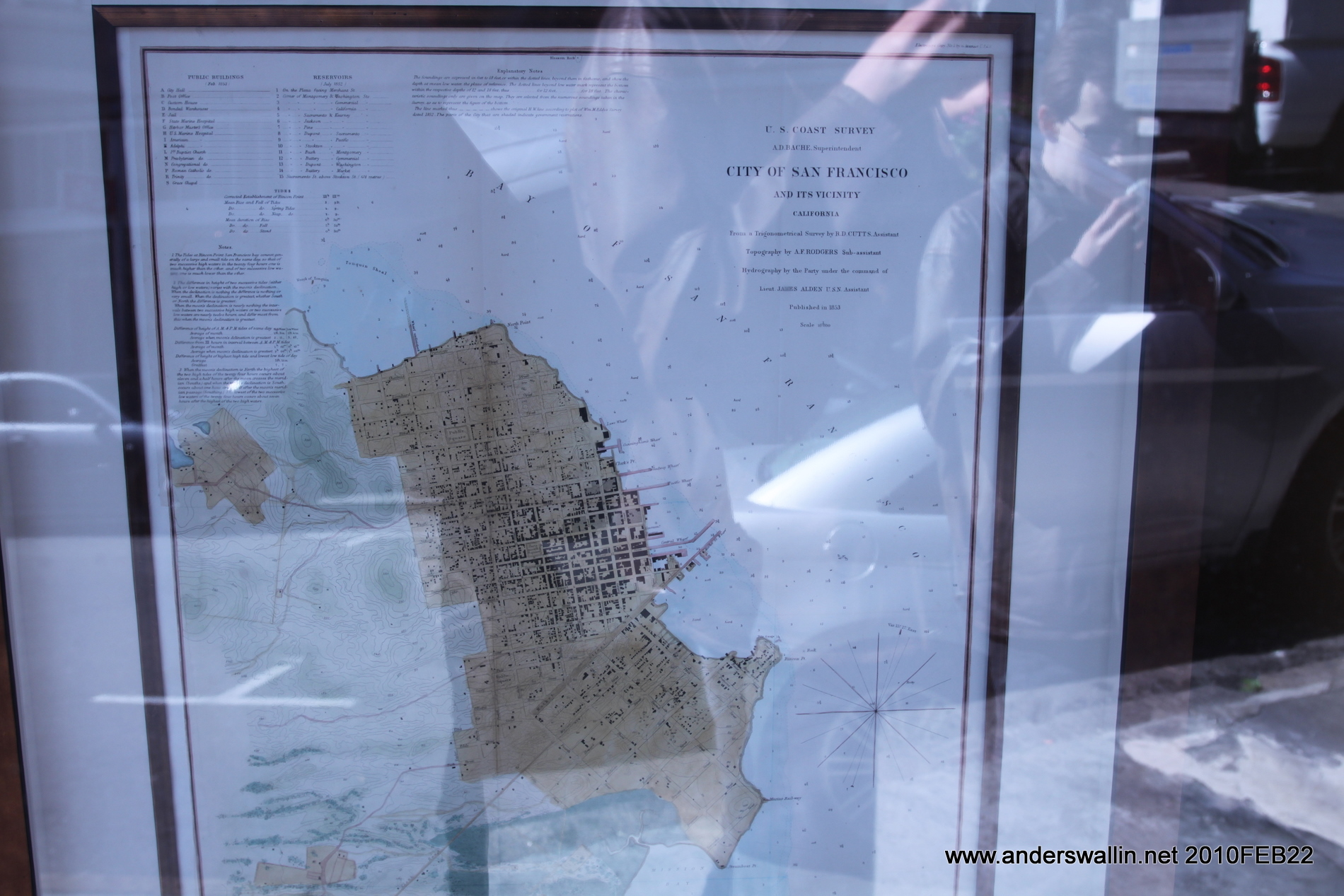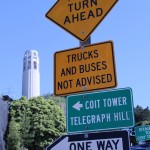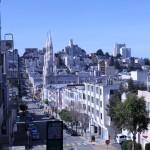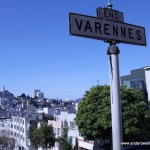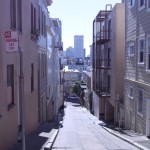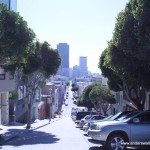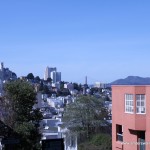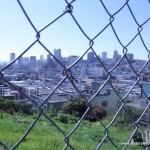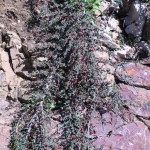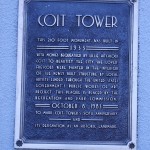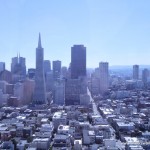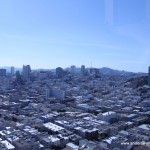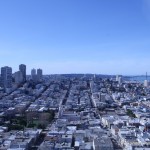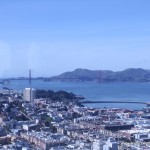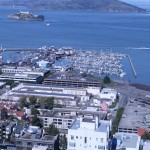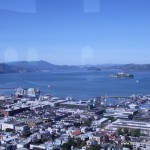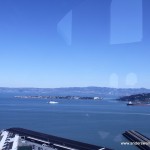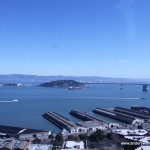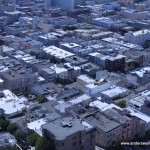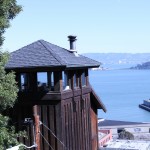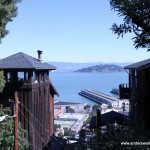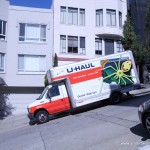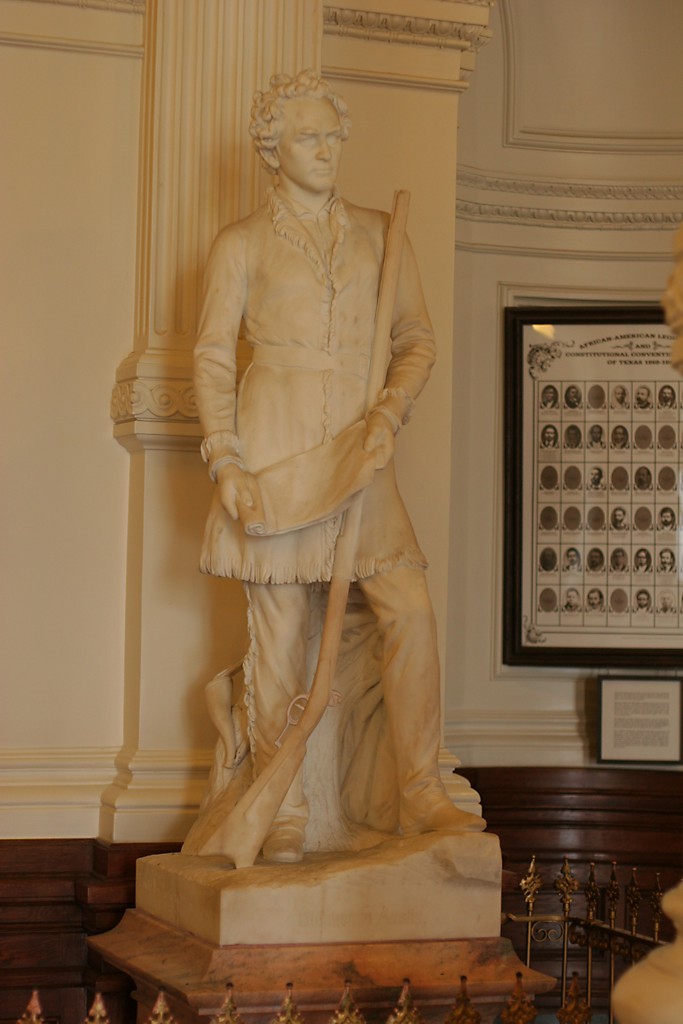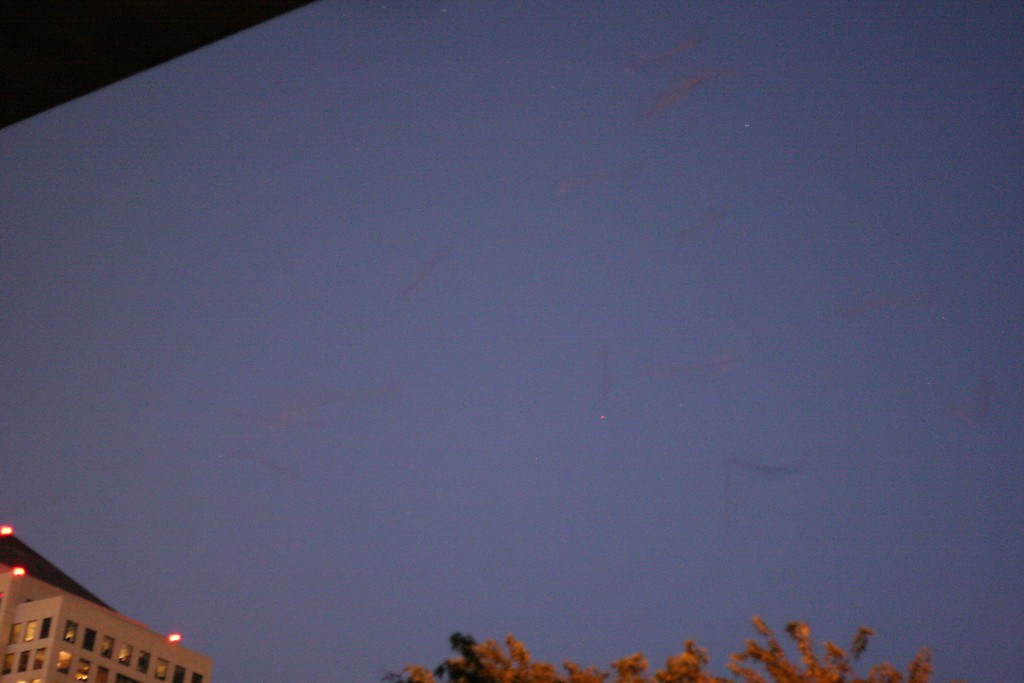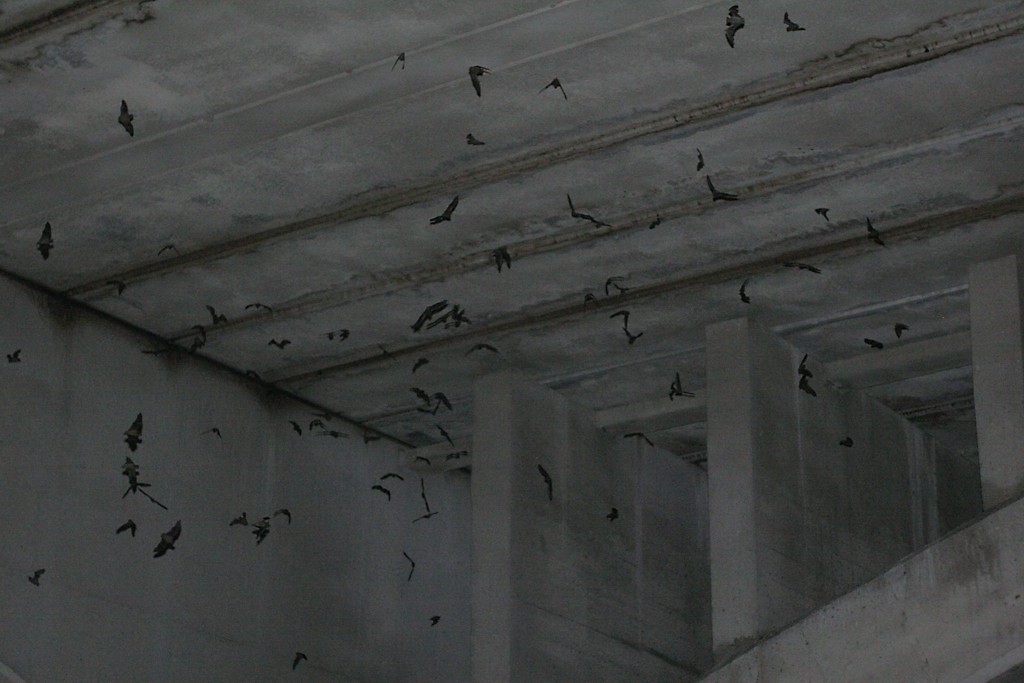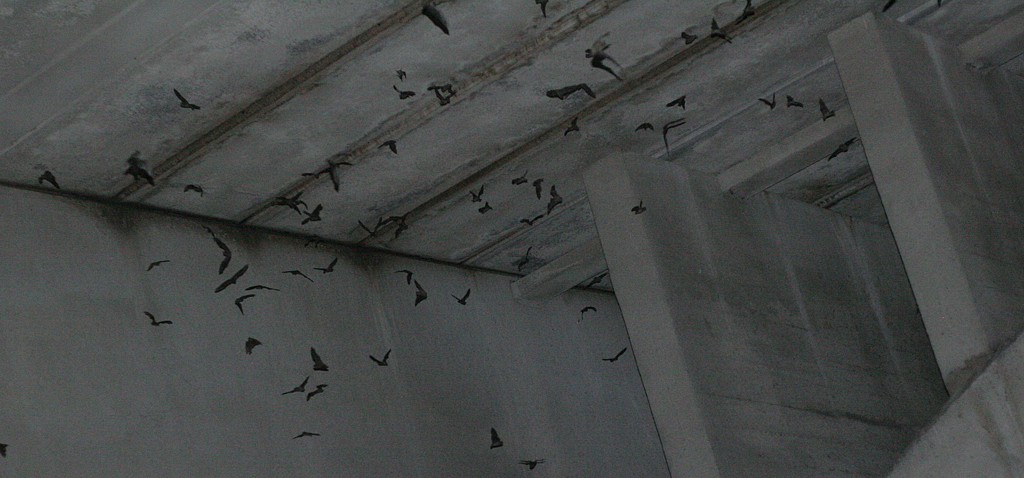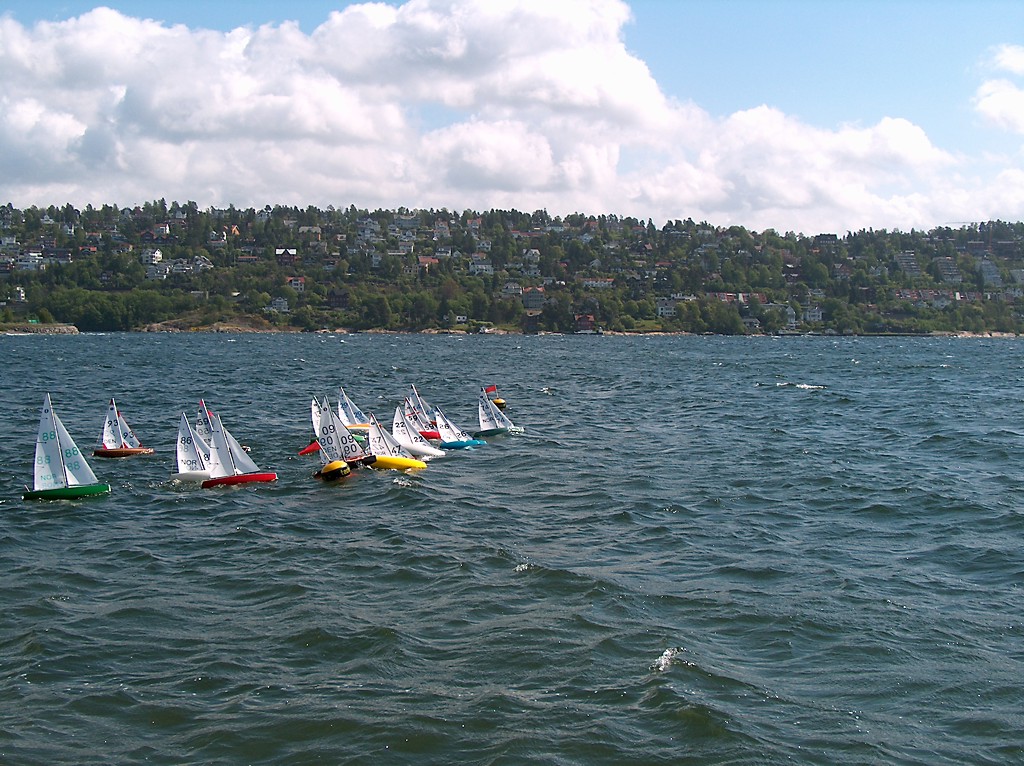After Grand Canyon we drove all the way to Kingman, AZ. On day 4 of the roadtrip the Prius rolled back west via Barstow, Victoville, San Bernardino, and towards the end a slow drive through a gigantic LA with both very poor neighborhoods and very rich ones, plus everything in between. The contrast between all the wilderness/desert and the endless LA city blocks is stark. The day ended with a drive up to Santa Barbara.
Tag: Travel
Grand Canyon
Pictures from day 3 of the roadtrip:
Yosemite
Picked up an almost brand new 2010 Prius (only 6000 miles on the odometer) at Hertz today, and headed east towards Yosemite National Park.
421.3 miles at an average speed of 45 mph and consumption of 49.8 mpg.
That's 678 km and 4.72 l/100 km in metric.
San Francisco Coit Tower
Yesterday was rainy, and the forecast for tomorrow is wet too, so when the sun came out today we saw it as an opportunity to go see the Coit Tower.
Countries visited
visited 17 states (7.55%)
Create your own visited map of The World or try another Douwe Osinga project
San Diego, California

I'm in San Diego for the SPIE Optics & Photonics meeting. More specifically Kishan Dholakia and Gabe Spaldning put together the Optical Trapping and Optical Micromanipulation IV conference, where I was the last (but not least?) speaker. Overall the meeting has a dual character with a lot of technical content (like lens- or mechanics-design, CCD/CMOS imaging, etc.) but also a strong academic following with 'plasmonics' and 'nanobiotronics' being the buzzwords of the month. Supposedly the attendance is around 5 000 persons, but it felt less crowded than the Biophysical Society meetings (3 - 4 000 people), maybe because people were spread out over many more sessions.
Travelling via JFK my baggage was delayed about 36 h, but otherwise the trip went fine.

Austin, Texas
I spent four days in
The Texas State Capitol building is - as any Texan will quickly point out to you - slightly taller than the US Capitol in
Inside you are greeted by two of the fathers of
The Lone Star of Texas inside the Capitol dome.
A machine used to punch holes in checks.
The senate meets in this room, recently restored to its original look. They're pretty effective at law-making, since they only meet for 140 days every two years.
Senators sit at these nice desks – over 100 years old. No electronic voting here...
The Texas State Museum does not allow photography, so no pics from there. They have three floors of exhibits with the varied and interesting history of Texas. They also had a temporary space exhibition with some big rocket engines on display in addition to text, pictures and videos from NASA missions.
Then on to the bats! They live under the Congress avenue bridge, and come out just after sunset. Above sunset over town lake as viewed from the bridge.
The bats attract a lot of tourists and on-lookers, both on the bridge and under it.
Some more people waiting for the bats to come out. The photo looks much brighter than it actually was (photo taken sometime around 20:45 I think).
I had never photographed flying bats before, so the results were varied. First I thought I would stand under the bridge and shoot the black bats against the dark-blue sky. Well without flash that didn't work at all. Even at F/1.8 aperture and ISO3200 the exposure time is much too long to stop movement. With good eyes and a bit of imagination you can maybe see some bats in the above picture.
It works much better with flash! Shutter speeds of 1/50 or 1/100 nicely stops motion, and focusing was the only problem. I shot everything using manual focus since auto-focus didn't work. I forgot the camera in ISO3200 mode and fixed aperture of F/1.8, which might not have been the ideal settings with flash...
Here's another one from under the bridge.

From the top of the bridge you get closer to the bats, but that also means that the manual focusing gets a lot more sensitive.
This is perhaps the best one of them all. I had a 4 Gb card in the camera and shot over 100 bat pictures, but a lot of them were de-focused, had motion blur or something else wrong with them. If someone has more experience with this type of photography, please do comment below!
These are all with the ‘plastic fantastic’ Canon EF 50/1.8 II, the only lens I travelled with since I wanted to save some weight. Excellent sharpness and coulor at times, but a bit long for some shots. My EF 17-40/F4L would have been more versatile, but also heavier and perhaps not as good for the night photos… Maybe I need a shorter prime-lens too?
NIWeek went well. NI showed some cool new products and technologies. I definitely now need a multi-core machine for the new LabVIEW 8.5 which supports multi-threading! It's really a company that wants to listen to its customers and actively improve products. Also, the paper I co-authored for the NIWeek Paper Contest got selected as one of nine Category Winners - so that was good.
'07 SC Race 1, Oslo, Norway
28 skippers from three Nordic countries came together at Malmoya/NMS (wikimapia.org rocks! I challenge all my readers to add at least one place!) for 8 races on Friday in no2 rig conditions and light rain and continued on Saturday for 6 more races in a strong wind with no3 rig.
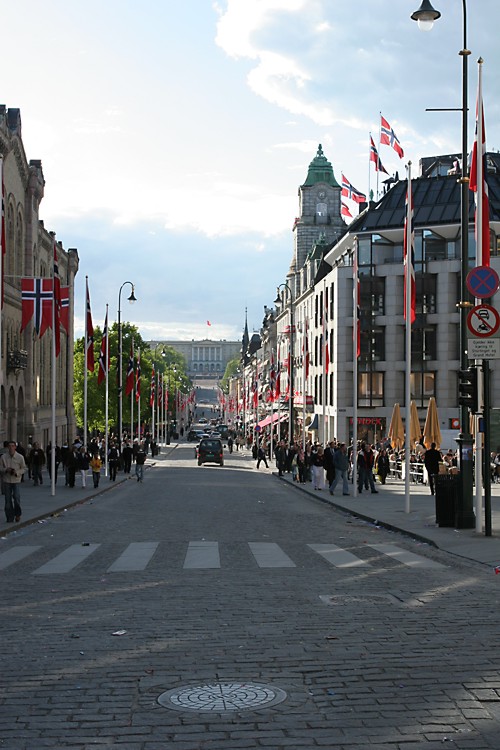
Arriving in Oslo on 17. May meant that the whole of Norway was celebrating the constitution day!

Dancing in the streets. Most people wore traditional Norwegian outfits.

Traffic lights Norwegian style: If one red man is good for you then two must be about 100% better still!
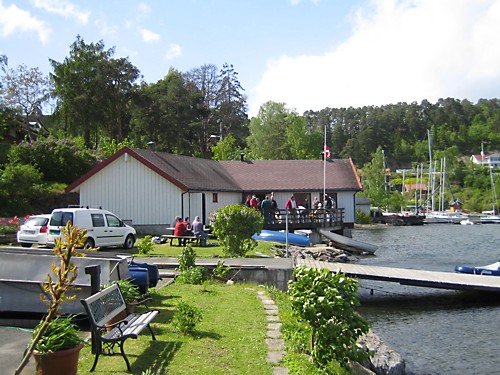
The race was hosted by Norsk Modellseilforening. Above their clubhouse on the Malmoya island just 10 minutes outside the centre of Oslo. The club was founded in 1904, and it shows in the historic yachts and photographs inside the club. Now they have about 30 members with weekly races gathering 10-15 boats I understand.
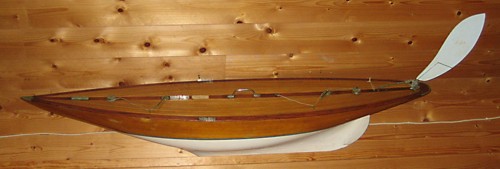
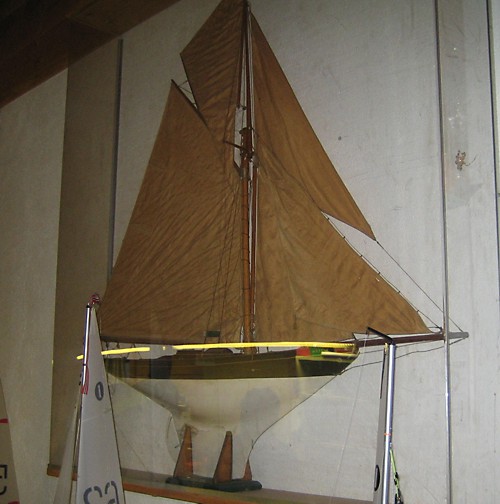
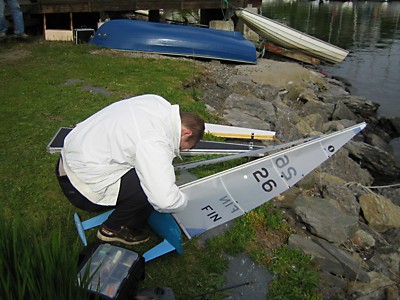
As my new Noux is not ready yet, I sailed FIN-26, the Italiko I had at the Vancouver Worlds (thanks to Lasse K for lending me his boat!). I was struggling to find balance on the beat with the no1 and no2 rigs on the first racing day, and a good start with placings of 3-5-4-4 dwindled into 7-7-7-8 (including my two throw-outs) by the end of the day as the mind tries to compensate for lack in boatspeed with increasingly radical tactical decisions...
Speed on the second day with the no3 rig was much better and I was able to keep up with the usual suspects that have dominated these races over the past years (that's Torvald K from Norway and Sören A from Denmark). I might be imagining things, but I felt that the Italiko was very easy to manoeuvre and keep still on the starting line, perhaps due to its large area keel. A solid start and a good first rounding is vital in radio-sailing, and as these two bits of the puzzle came together I managed 2-3-2-4-3-4 on the second day (just like the first day should have been!). Still there were a boat or two passing me on the long beat because the trim of the boat was not exactly right, but tactically I'm very satisfied with the 2nd day's racing.

Race officer Ole-Peder Björsom used this countdown system by Main Link Systems together with a speaker (below). It worked very well and provided enough volume even in the no3-rig conditions.

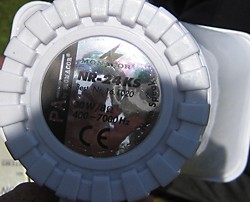

The first day of racing was concluded with a shrimp-based dinner for all participants in the clubhouse.

These two pictures were taken just after racing finished on the second day and show the steady 13-15 m/s winds with gusts higher still. A brave wind-surfer was seen resting for about 10min on the jetty before continuing his blast across the fjord.

Now it's clear why the Swedes weren't present: they're busy cnc-milling plugs and testing their latest design in the bath-tub!
The results and a race report are available at iom-nordic.org.
I don't have any sailing pictures, but I'd like to publish some here especially from the 2nd day. So if anyone has some good action photos let me know.
The remaining two races in this series are:
- Scandinavian IOM Cup Race 2, Turku, Finland, 1-2 September 2007
- Scandinavian IOM Cup Race 3, Sweden, 29-30 September 2007
Update 2007May23: Olle Martonen sent me two sailing pictures (click the pics for hi-res versions):
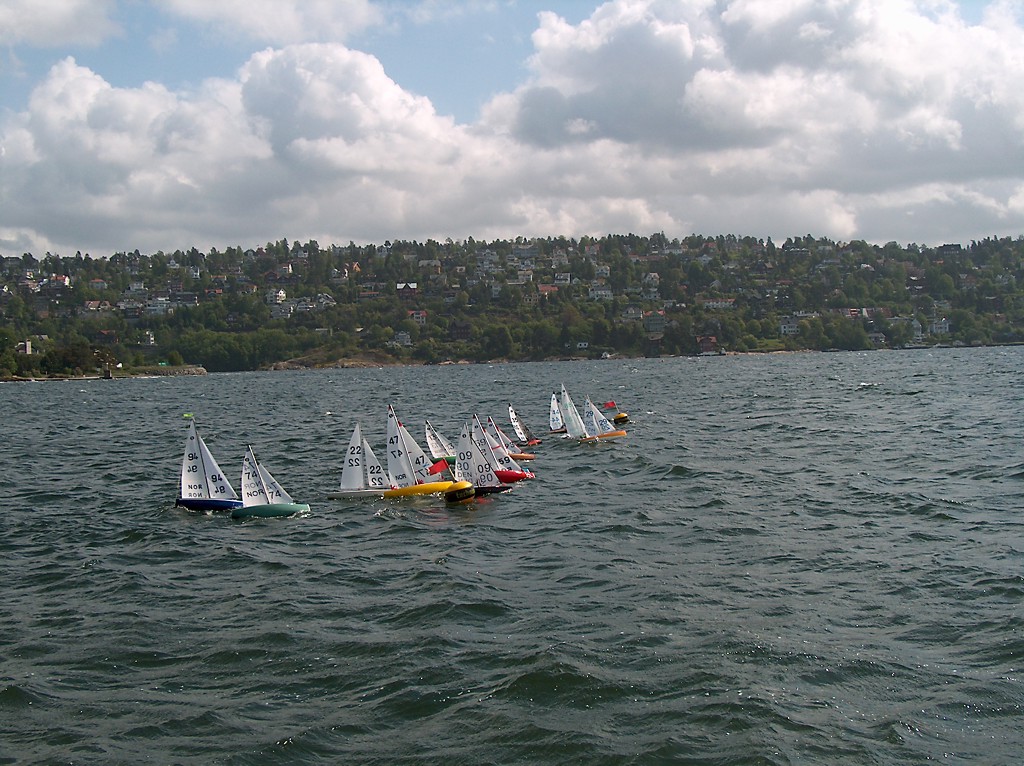
If you look real hard behind the bow/jib of NOR-59 you can see a bit of blue - that's me!
This is probably not the same start as the one above. Note however how the (consistent?) skippers prefer a similar position on the line. The yellow (47) and black (09) boats are close to the starboard flag, the red (59) and blue (26) are in the middle of the line.
'07 SC Race 1, Oslo, Norway
28 skippers from three Nordic countries came together at Malmoya/NMS (wikimapia.org rocks! I challenge all my readers to add at least one place!) for 8 races on Friday in no2 rig conditions and light rain and continued on Saturday for 6 more races in a strong wind with no3 rig.

Arriving in Oslo on 17. May meant that the whole of Norway was celebrating the constitution day!

Dancing in the streets. Most people wore traditional Norwegian outfits.

Traffic lights Norwegian style: If one red man is good for you then two must be about 100% better still!

The race was hosted by Norsk Modellseilforening. Above their clubhouse on the Malmoya island just 10 minutes outside the centre of Oslo. The club was founded in 1904, and it shows in the historic yachts and photographs inside the club. Now they have about 30 members with weekly races gathering 10-15 boats I understand.



As my new Noux is not ready yet, I sailed FIN-26, the Italiko I had at the Vancouver Worlds (thanks to Lasse K for lending me his boat!). I was struggling to find balance on the beat with the no1 and no2 rigs on the first racing day, and a good start with placings of 3-5-4-4 dwindled into 7-7-7-8 (including my two throw-outs) by the end of the day as the mind tries to compensate for lack in boatspeed with increasingly radical tactical decisions...
Speed on the second day with the no3 rig was much better and I was able to keep up with the usual suspects that have dominated these races over the past years (that's Torvald K from Norway and Sören A from Denmark). I might be imagining things, but I felt that the Italiko was very easy to manoeuvre and keep still on the starting line, perhaps due to its large area keel. A solid start and a good first rounding is vital in radio-sailing, and as these two bits of the puzzle came together I managed 2-3-2-4-3-4 on the second day (just like the first day should have been!). Still there were a boat or two passing me on the long beat because the trim of the boat was not exactly right, but tactically I'm very satisfied with the 2nd day's racing.

Race officer Ole-Peder Björsom used this countdown system by Main Link Systems together with a speaker (below). It worked very well and provided enough volume even in the no3-rig conditions.



The first day of racing was concluded with a shrimp-based dinner for all participants in the clubhouse.

These two pictures were taken just after racing finished on the second day and show the steady 13-15 m/s winds with gusts higher still. A brave wind-surfer was seen resting for about 10min on the jetty before continuing his blast across the fjord.

Now it's clear why the Swedes weren't present: they're busy cnc-milling plugs and testing their latest design in the bath-tub!
The results and a race report are available at iom-nordic.org.
I don't have any sailing pictures, but I'd like to publish some here especially from the 2nd day. So if anyone has some good action photos let me know.
The remaining two races in this series are:
- Scandinavian IOM Cup Race 2, Turku, Finland, 1-2 September 2007
- Scandinavian IOM Cup Race 3, Sweden, 29-30 September 2007
Update 2007May23: Olle Martonen sent me two sailing pictures (click the pics for hi-res versions):

If you look real hard behind the bow/jib of NOR-59 you can see a bit of blue - that's me!
This is probably not the same start as the one above. Note however how the (consistent?) skippers prefer a similar position on the line. The yellow (47) and black (09) boats are close to the starboard flag, the red (59) and blue (26) are in the middle of the line.
Tallinn, Estonia
The 2007 Finnish Physics Days were held in Tallinn over the weekend. Click the image for a full-size jpeg.
